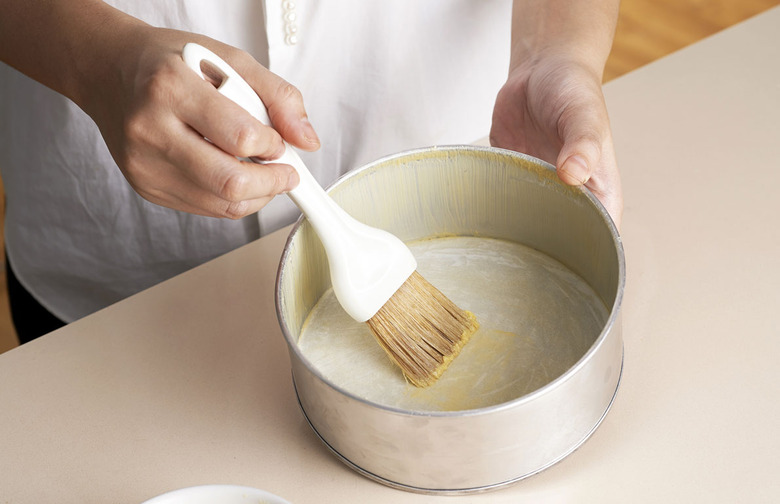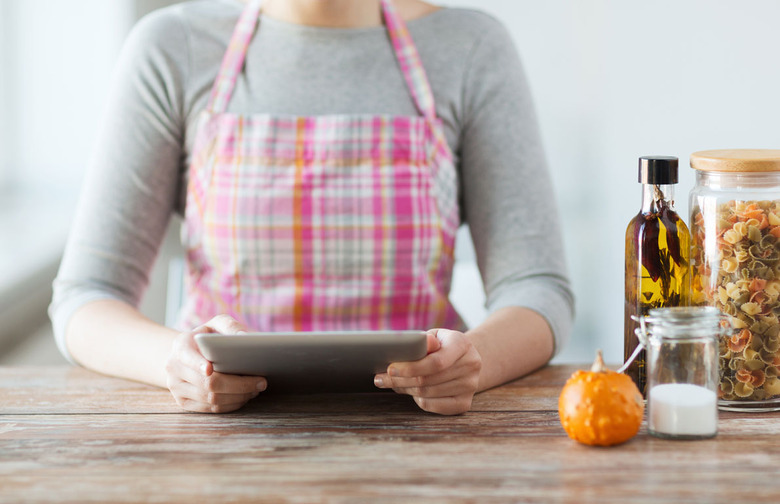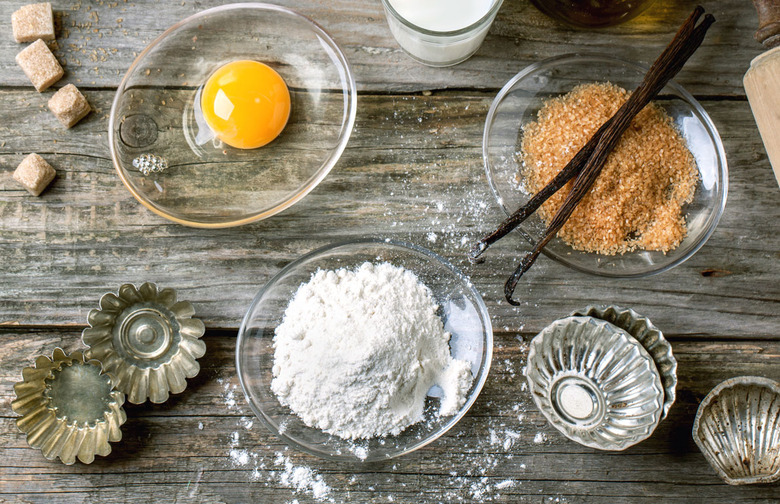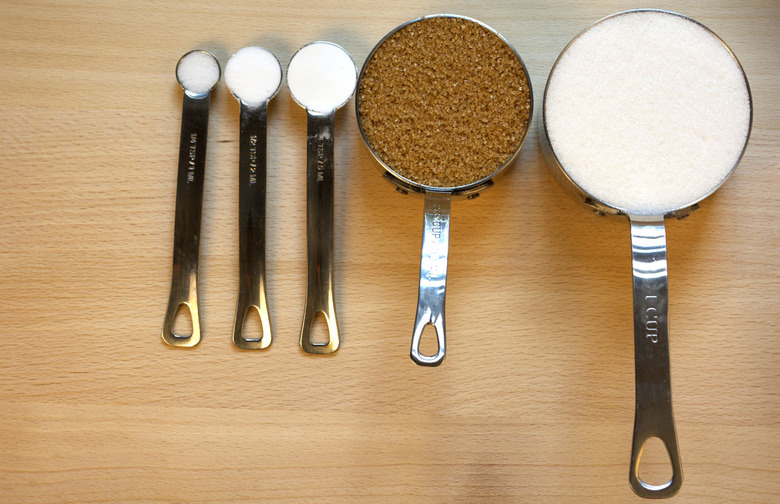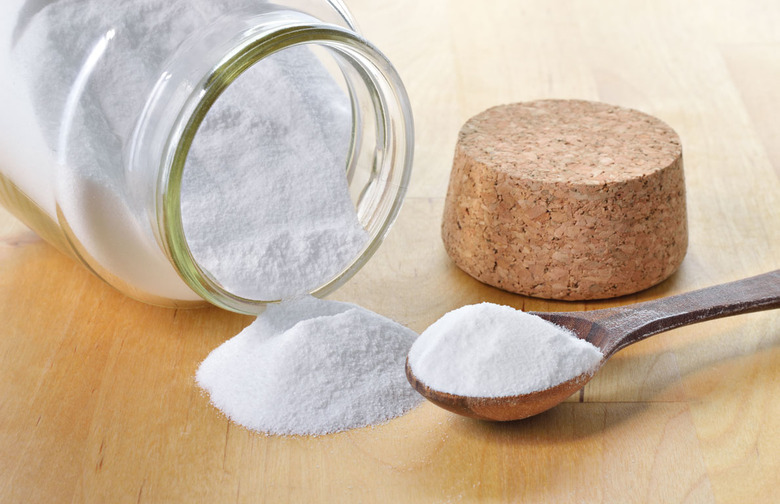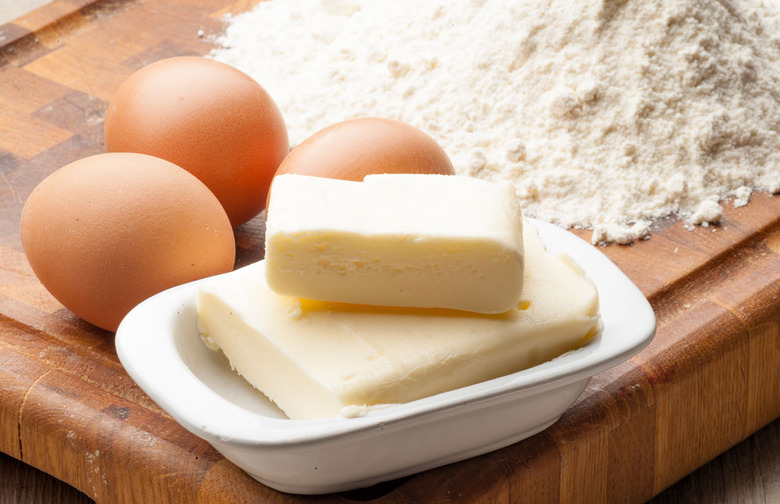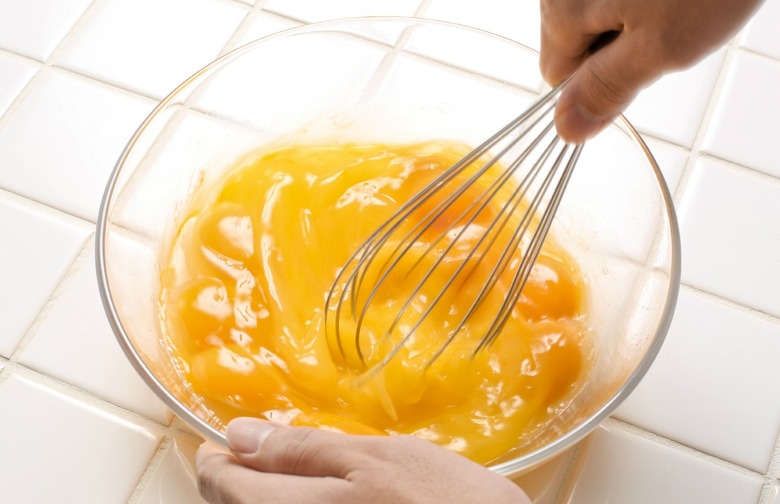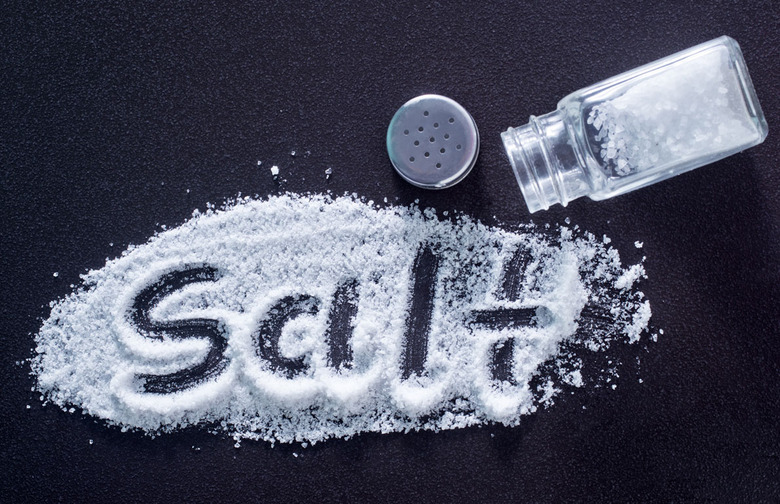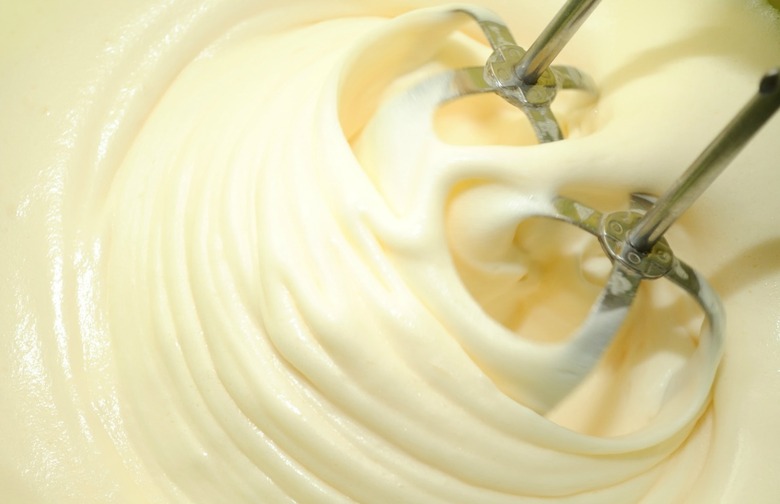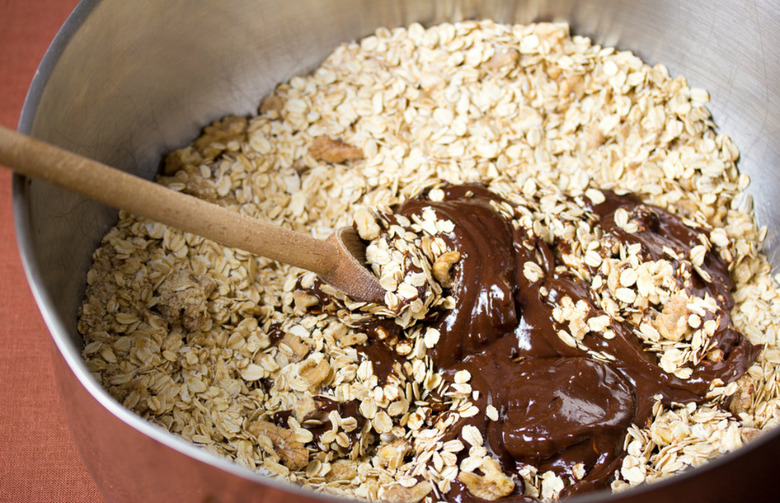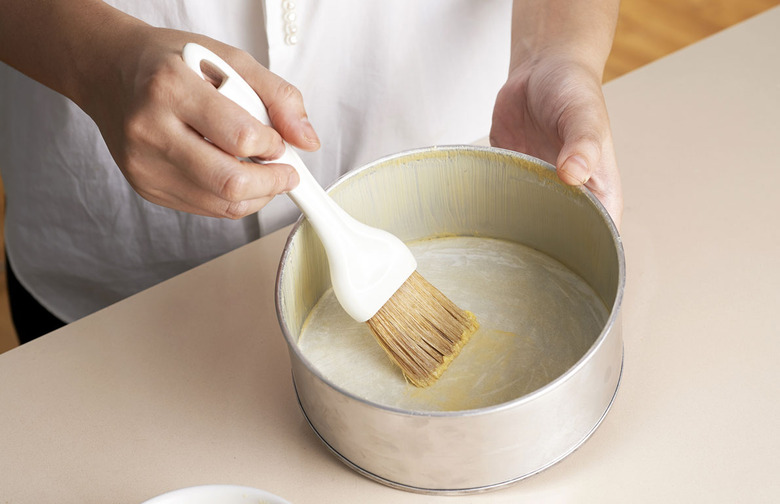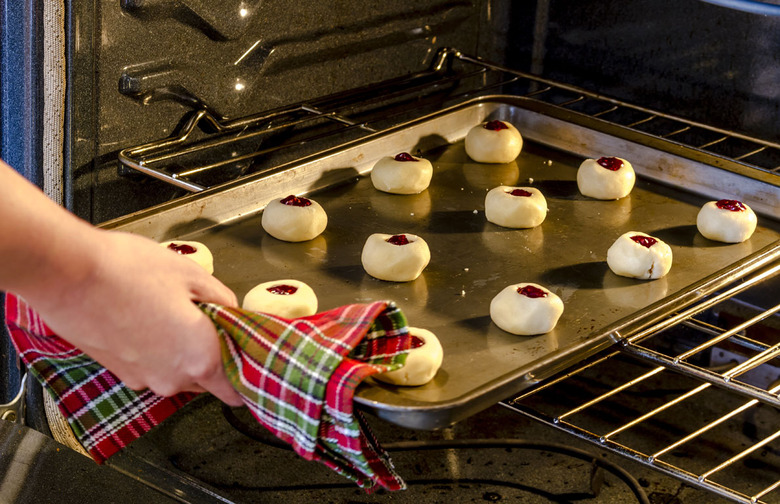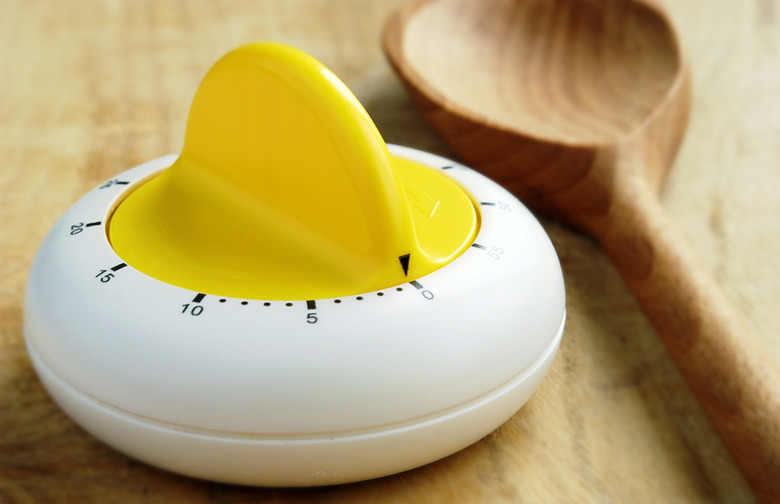12 Tips That Will Have You Baking Like A Pro In No Time
Baking is an exact science. These twelve tips can help you get good results every time.
Read the Entire Recipe Before You Start Baking
Even if you're making something basic, it's a good idea to read the entire recipe before you start. This will give you an idea of how the individual steps progress and what you'll need to have ready before you start baking. Many recipes call for room-temperature ingredients, for example; reading the recipe in advance will let you know that you need to set eggs or butter out on the counter to warm.
Be Substitute Saavy
As previously mentioned, every ingredient in a recipe plays a specific role in producing certain chemical reactions. If you don't have an ingredient (or want to substitute an ingredient for health or dietary reasons), make sure you do your research. Each ingredient in the recipe is there for a reason, and swapping it out can alter the results.
Know How to Measure Your Ingredients
Knowing how to measure your ingredients sounds basic, but it's not. If you have a kitchen scale (and a recipe that lists ingredients by weight) use it; that is the most accurate way to measure your ingredients. If not, make sure you measure your ingredients carefully. Scoops of flour and sugar should be leveled off (just run a butter knife along the top of your measuring cup or spoon to remove any excess), and they shouldn't be packed down unless the recipe advises you to do so. Liquid ingredients should be measured on a flat, level surface.
Don’t Use Old Baking Soda, Baking Powder, or Yeast
If you don't bake often, you may need to replace your baking soda, baking powder, or yeast. Even if they haven't turned rancid, these ingredients are less effective as they age. Using a fresh supply of these ingredients helps to ensure that your baked goods rise properly.
Use Room-Temperature Ingredients
Does your recipe call for butter or eggs at room temperature? If so, make sure you take the time to bring these ingredients to temperature; it will be much easier to create a smooth and homogenous mixture and an even texture throughout your finished baked good.
Know How to Temper Ingredients
Mixing ingredients that have dramatically different temperatures — say, adding hot cream to cold eggs — can be tricky. If you simply add one to the other you'll end up with curdling or separation; custards can turn into scrambled eggs and chocolate ganache can become oily, for example, if the ingredients aren't properly tempered. Tempering is a method by which you bring both ingredients to the same temperature. As a rule of thumb, when you're tempering two ingredients, slowly add one to the other, stirring or whisking the entire time. If you're making custard, for example, slowly pour the warm milk or cream into the eggs, whisking the eggs the entire time. Another common method of tempering is to pour just a portion of hot ingredient into the cold one (whisking constantly) and then pour the combined (warm) mixture into the remaining portion of the hot one (again, whisking constantly). Both methods work well as long as you temper slowly.
Always Add Salt
Even if a recipe doesn't call for salt, add a pinch. Salt enhances flavor; it makes the other ingredients in the recipe taste more like themselves. Everything from chocolate chip cookies to meringue will benefit from a pinch of salt.
Don’t Undermix
When it comes to creaming butter and sugar, don't under-mix these two ingredients; creaming adds air to the mix, which helps whatever you're baking have a lighter, airier texture. Most recipes tell you to cream the butter and sugar until light and fluffy; keep creaming until the butter is either very pale yellow or white. Similarly, don't skimp on kneading when it comes to bread doughs; this crucial part of the mixing process helps develop the glutens, giving breads their characteristic chewy texture.
Don’t Overmix
Some recipes need exactly the opposite piece of advice; unless a baked good is supposed to be dense, tough, or chewy, don't over-mix it. Whenever you are making something that you want to be light, tender, or flaky, stop mixing it as soon as the ingredients start to come together. If you over-mix flour-based recipes you'll develop excess gluten, which can make the pastry too tough or chewy, and if you over-mix something that has a lot of air in it (like meringue or a creamed-butter dough), it may deflate.
Know How to Prepare Your Bakeware
After going through all the trouble to mix the perfect dough or batter, don't let your recipe be ruined in the oven. If your recipe tells you to butter and flour your pan, make sure you do so thoroughly. Coat the inside of your pan with softened butter (use a pastry brush if you need to reach into corners and creases), and then put flour in the pan and shake it until the inside is fully coated, tapping out any excess. Be careful that you don't touch the inside of the pan; the fingerprints you leave create areas for the batter to stick to the pan. Similarly, if you're baking something on a sheet pan, make sure you grease the pan well or line it with baking parchment.
Know How to Rotate
When you're baking, it's generally a good idea to rotate your bakeware halfway through the cook time; most ovens heat unevenly. Start by taking the pan from the top rack of your oven, rotating it by 180 degrees, and then placing it on the bottom rack in the oven. The pan from the bottom rack should be rotated 180 degrees as well and placed on the top rack in the oven.
Set a Timer
Set a timer so that you don't forget about whatever is in the oven, but don't assume that the bake time in your recipe is set in stone. Read your recipe carefully and know what to look for in a finished baked good. A good approach is to set the timer for the minimum bake time suggested in the recipe and then check the oven at that point for signs of doneness.
